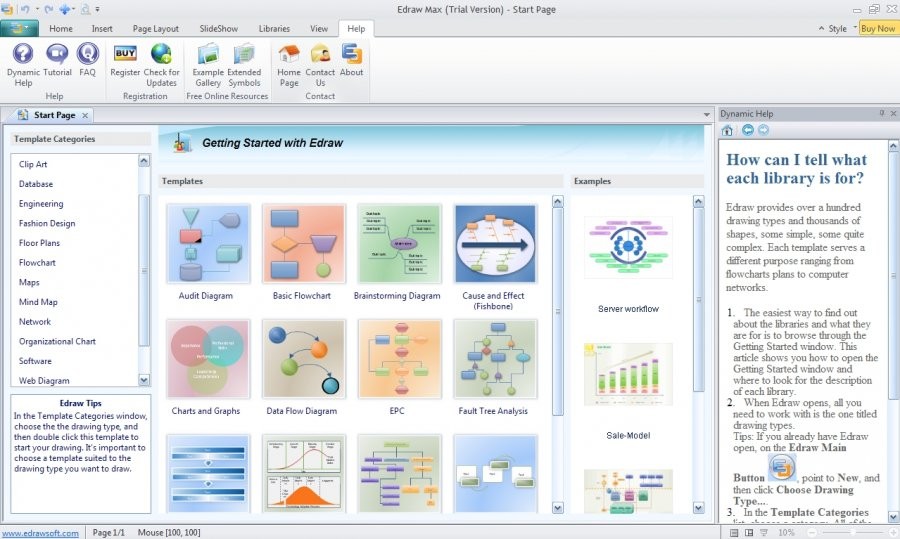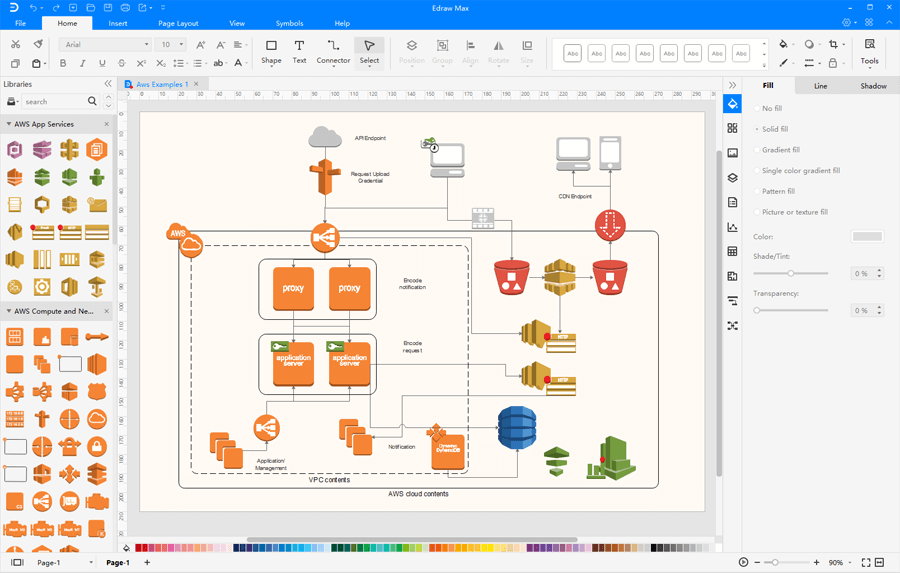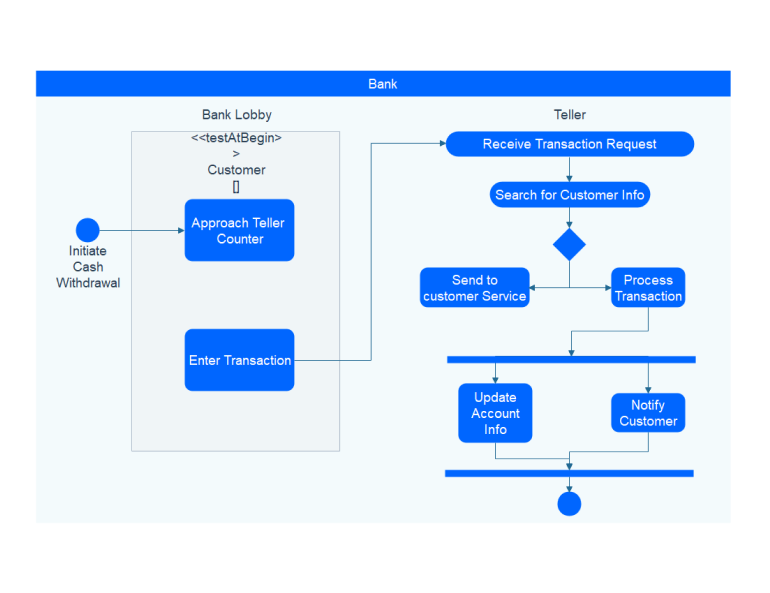

It is excellent for personal as well as corporate use and has grown to be a competitive rival to Visio, SmartDraw, and Lucidchart.

Be it a flowchart, mind map, org chart, network diagram, floor plan, swimlane, genogram, roadmap, timeline, Gantt chart, UML modeling, etc., whatever charts and graphs you want, you can find a plethora of templates within the application for your direct use or modification. You can represent optional functions by extending the relationship.Below are some quick questions you may be interested in before we dive into the detailed EdrawMax review.ĮdrawMax is an all-in-one diagramming tool, which can handle a wide variety of diagrams for different purposes. You can generalize relationships in such cases. For example, you can use an actor student and then inherit them as a graduate student and an undergraduate student. You can make an actor or use cases with the standard functionality and then use other objects for unique features or functionalities. Again, it helps in maintaining the integrity of the system. If your system has two or more use cases that share standard functionality, you can model the common functionality as a separate use case and include it in multiple places. Identify the standard functionality that can be reused within the system. Now you can improve it using packages and relationships. You can extend use cases from the top-level use cases depending on the complexity of the system.Īfter this step, your basic structure of the use case diagram is ready. Then, all the functions done by the system are represented by use cases. However, actors mustn't interact with each other.Īn excellent way to identify use cases is to analyze what the actors expect from the system. Always use general actor names, and you can also use inheritance to classify actors.

It can be a person, another system, or an organization. Here is the sequence of steps to make meaningful use case diagrams.Īctors are external entities interacting with the system. Part 4: Tips for Creating Use Case Diagram However, it would help if you used them sparingly, only when necessary. These groups are represented as file folders in the diagram.

Systems or packages are UML artifacts that group different elements. They also represent a generalization of a use case. They represent a generalization of actors Relationship show association between actor and use case There can be five relationship types in a UML use case diagram. However, the inheriting use case must be placed below the parent use case to improve clarity. Like actors, use cases can also use inheritance. Use logical and descriptive action names for use cases.Īrrange the use cases in logical order so that the readability of the diagram is enhanced. The general guidelines for use cases are: If actors in your system need to interact with each other, you might consider a separate use case diagram to depict this interaction.Ī use case represents an action, and thus the names should begin with a verb. It is important to note that actors don’t interact with other actors. To enable quick highlighting of the critical roles in the system, you must place the primary actors on the left side of the diagram.Įxternal systems are also actors in your use case diagram. Also, use generalized names to make the modification and presentation simpler. Give meaningful and relevant names to the actors. The general guidelines for identifying the actors are: An actor is a person, an organization, or an external system that interacts with the application being analyzed. In the analysis phase, these diagrams provide an outside view of a system by identifying the system's external and internal factors.Īctors are the external users that interact with a system. Use cases are also convenient in requirement gathering and documentation. Use case diagrams to represent the basic flow of events through use cases. Use case diagrams are used to define and organize functional requirements in a system along with specifying the context. They show how a user will trigger a response from the system and what is the expected response. They represent the end-user interaction goals and methods. UML use case diagrams are used for many purposes, for example: Thus, they provide a high-level analysis of the design from the outside without worrying about the functionality details. These requirements are later translated into design choices and development priorities.Īpart from the interaction model, use case diagrams also help to identify internal or external factors that can influence the workflow of the system. Use case diagrams to help to visualize the functional requirements of a system. In UML, the purpose of a use case diagram is to demonstrate the different interaction methods for the end-user.


 0 kommentar(er)
0 kommentar(er)
